How to navigate the shellfish counter like a pro
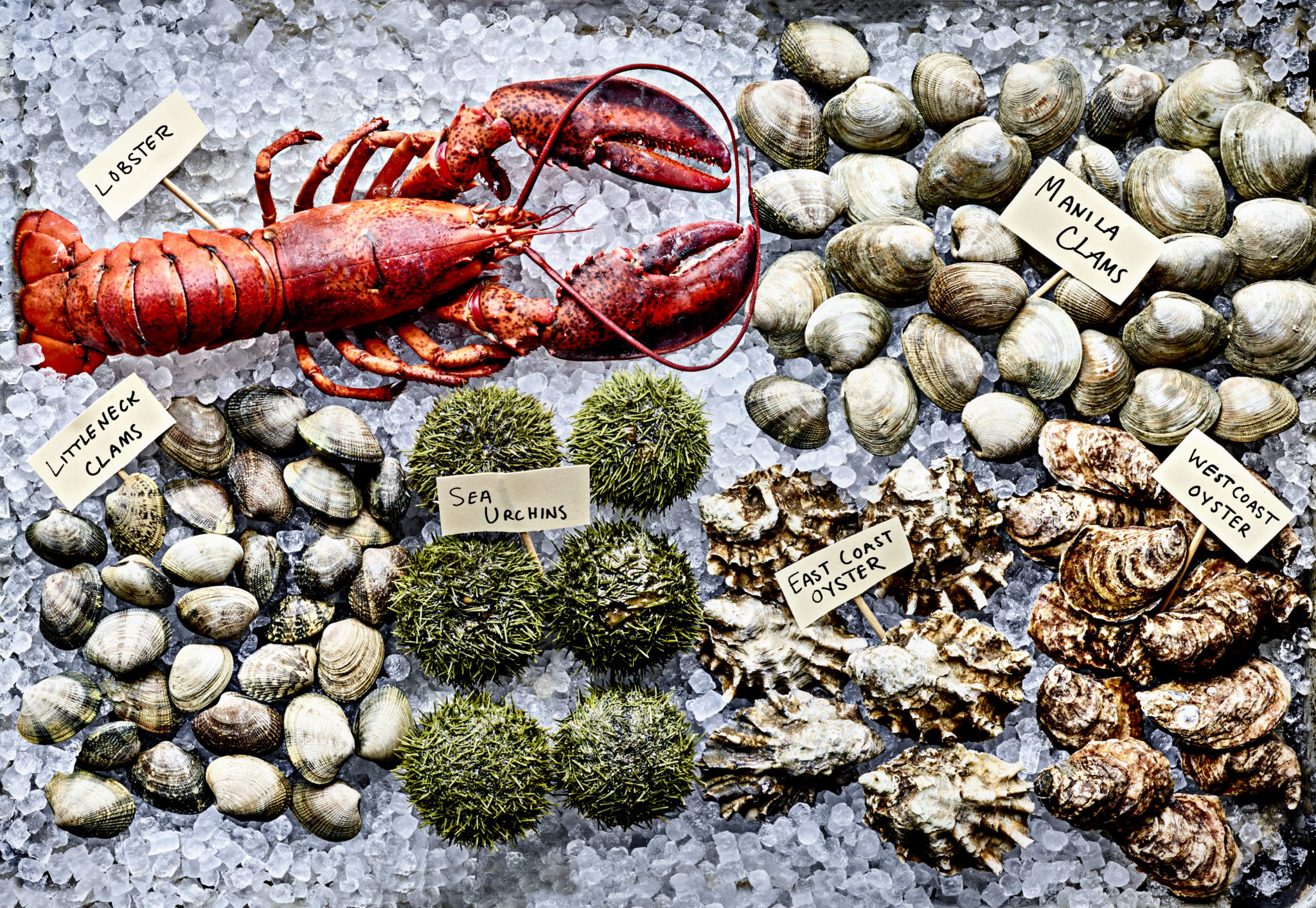
Fourteen-year seafood industry veteran Mike Bodi, now the director of shellfish for Motor City Seafood Co., offers tips on how to navigate the grocery store seafood counter like a pro.
DON’T BE SHY
The first questions I would ask, especially in regards to shellfish, are: What are the harvest dates? And how often do you bring product in? The frequency of that will tell me a lot about a fishmonger or market. If they’re bringing it once a week, I don‘t want it at the end of its life. Two or three times a week is best. It’s the age of the product, especially with shellfish. So, how often are you bringing fresh product in and how often are you turning it over? If a fish market is real busy, chances are they don’t have fish sitting around for long.
USE YOUR EYES…
Are the oysters closed? Once they open they don’t close. Clams can open and close when alive. Oysters don’t. If I’m looking at oysters, I definitely want something that’s closed that I know is still alive.
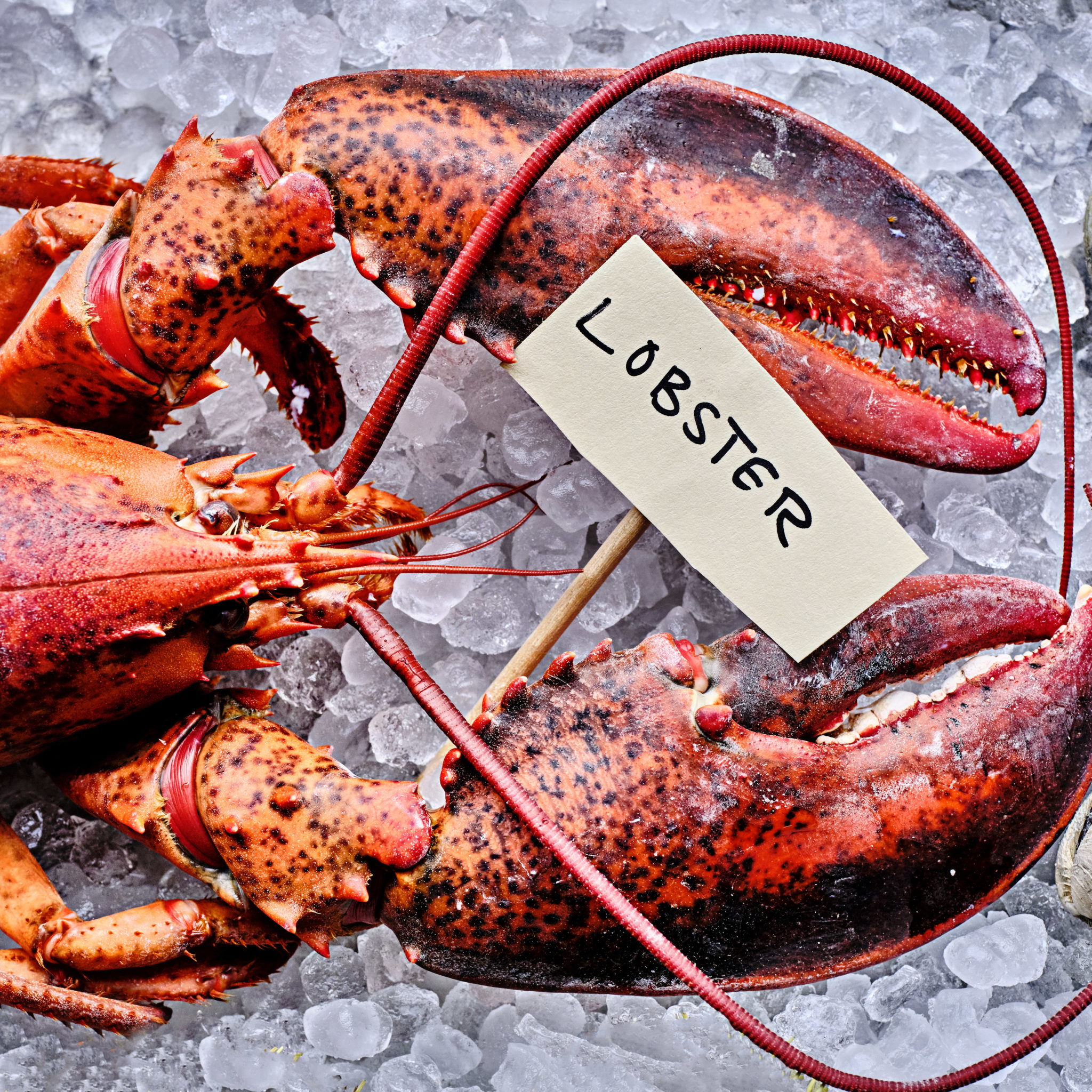
…AND YOUR NOSE…
Clams, oysters, mussels — all three of them can have a funky one in the bunch and you’ll smell it. You might smell it across the room and it’s a bag of 100 oysters and there’s just one stinker in there. And until you find that stinker, it’s going to smell. But even a perfectly fine oyster can be a stinker. It doesn’t necessarily play with shellfish as much as it does with fish. But when in doubt…
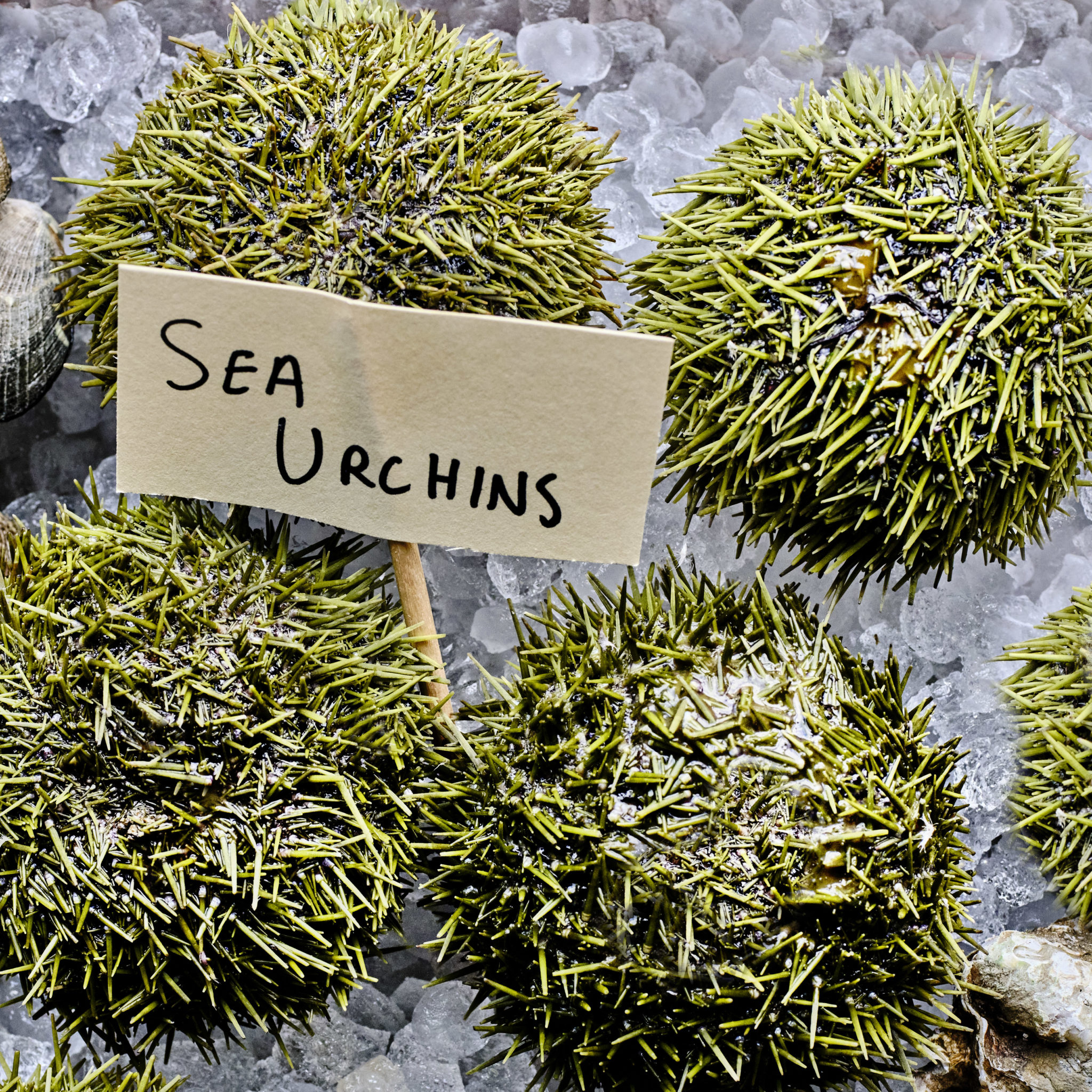
…AND YOUR EARS, TOO…
In the north Atlantic, you can tell a difference in the colder months just from the sound the shell makes. In the colder months, it has a porcelain type of sound to it. Just hearing them clink around in the bag, if there’s one that’s slightly cracked open and dead, you’ll hear it. Clams and oysters, tap them together and you’ll know from the sound it makes if it’s empty. So much of our production is based around the sound these bags make.
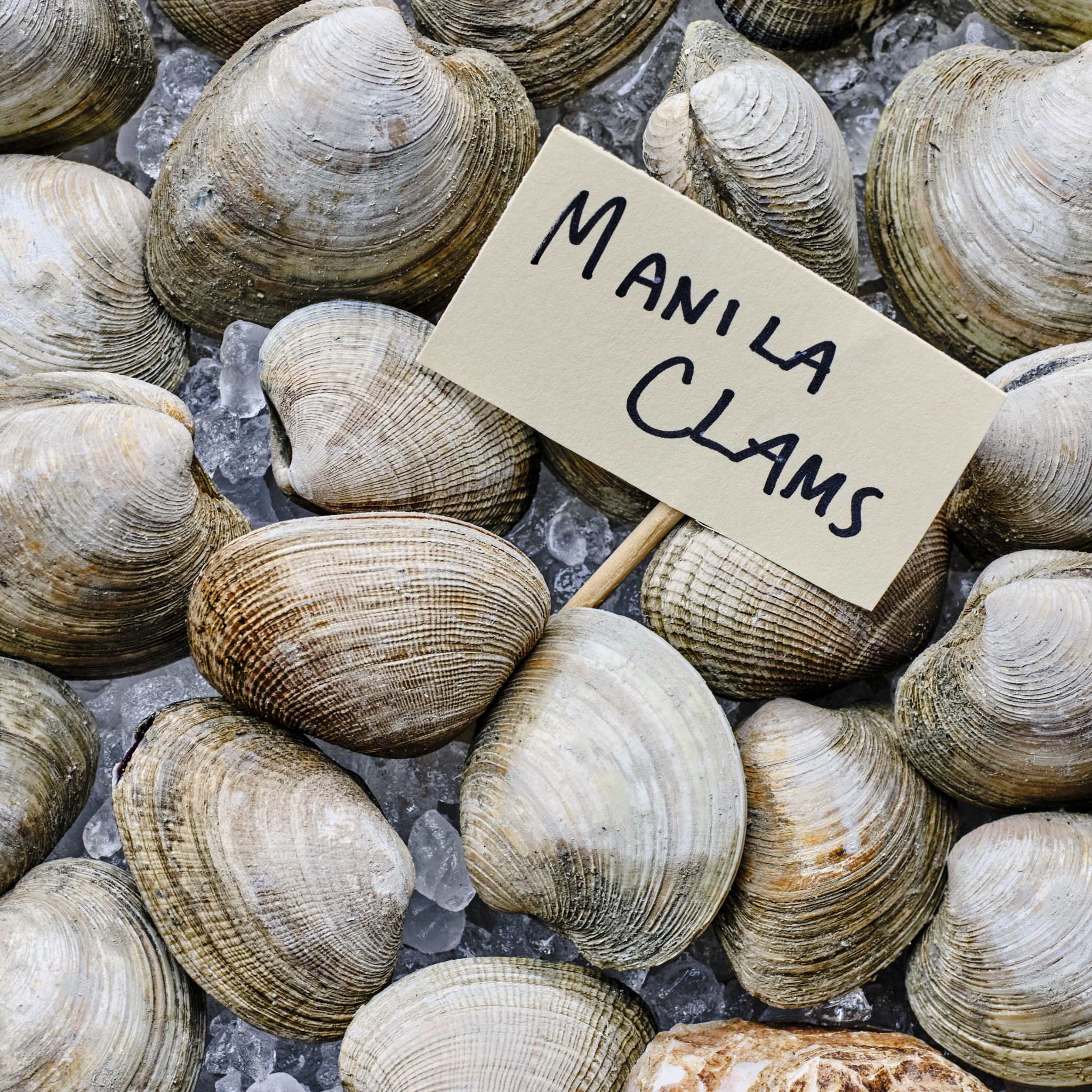
EMBRACE “FARM-RAISED”
So many things are farmed in the same area where things grow wild and it’s all basically the same sea. I don’t think it’s as big as a factor anymore. More and more stuff is farmed, especially with shellfish. There’s not nearly as much wild stuff. Farmed shouldn’t have the bad rap that it once did. It’s more sustainable and cleaner than it’s ever been.
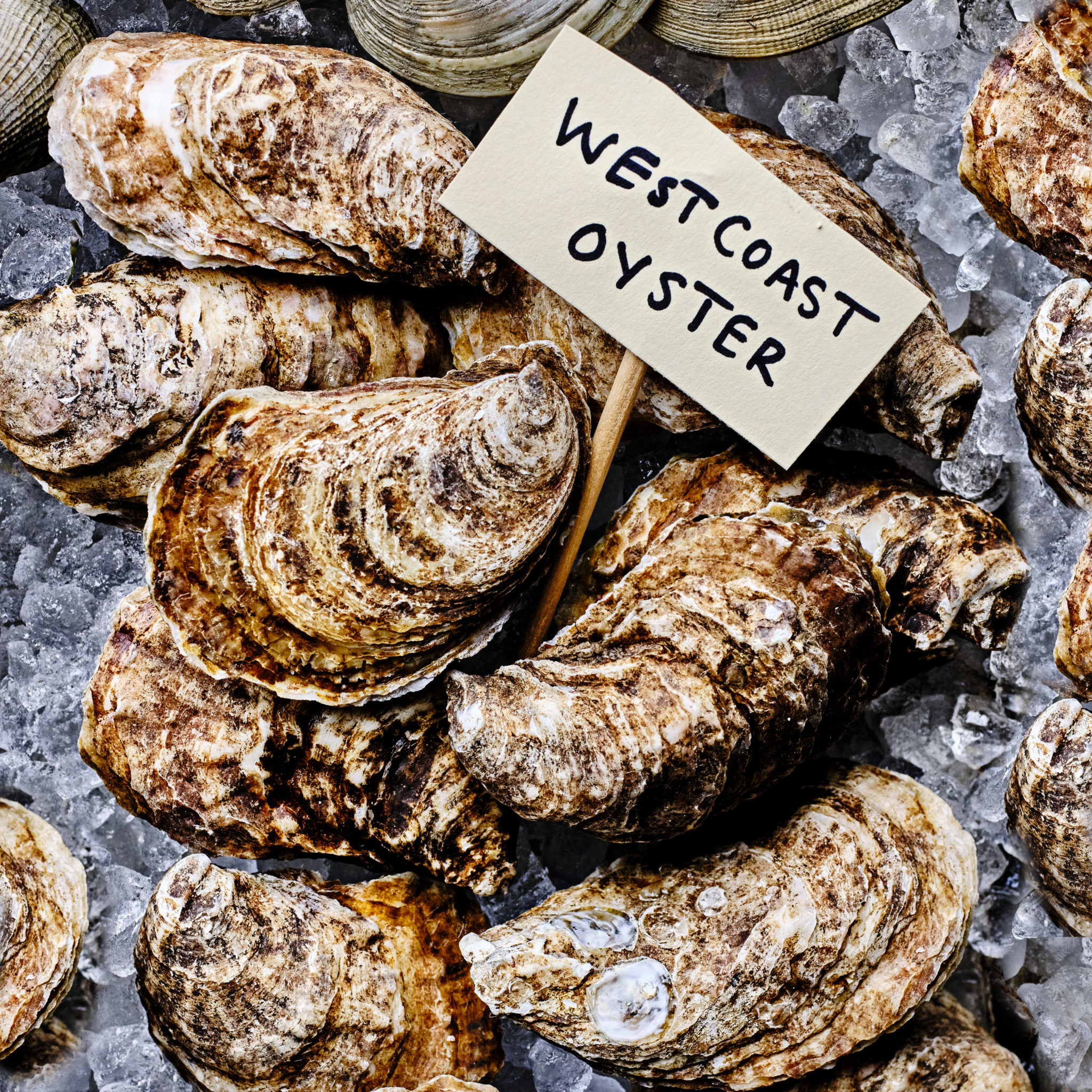
LOCATION, LOCATION, LOCATION
Personally, I draw a line where I don’t want anything south of that line. I prefer cold water anything, whether it’s fish or shellfish. I prefer to source from cold water. It’s a better product and it holds up longer. You can get a different opinion from every person you ask. The farther north the better for me. But I’ve met guys who don’t even consider it an oyster unless it’s from Virginia.
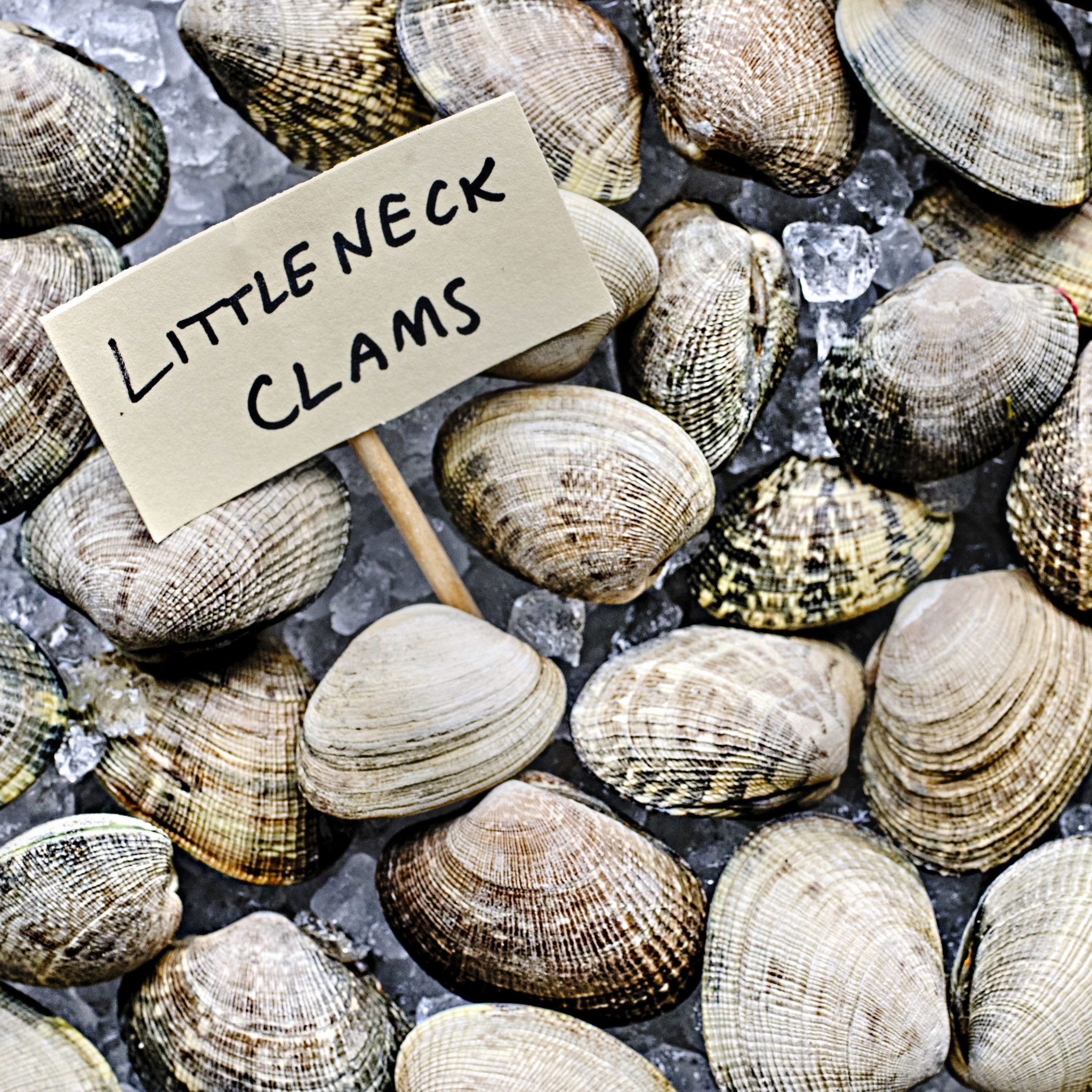
THE DAY OF THE WEEK DOESN’T MATTER
We operate, process, and deliver seven days a week. We have trucks and flights that come in even on Sundays. Nowadays everything is 24/7. The antiquated idea that fish deliveries are Tuesday and Thursday so Monday it’s leftovers — that’s just not the case anymore.
THE MONTH DOESN’T EITHER, EXCEPT FOR OUT WEST
The whole idea of not eating oysters in months without an “r” in it will apply more to the West Coast. The East Coast is different from what it used to be. But with the West Coast, you’ve got to be careful in those warmer months, especially with the summer they’ve had. This was the worst year I’ve seen. They lost millions and millions of sea creatures because of the heat and drought.
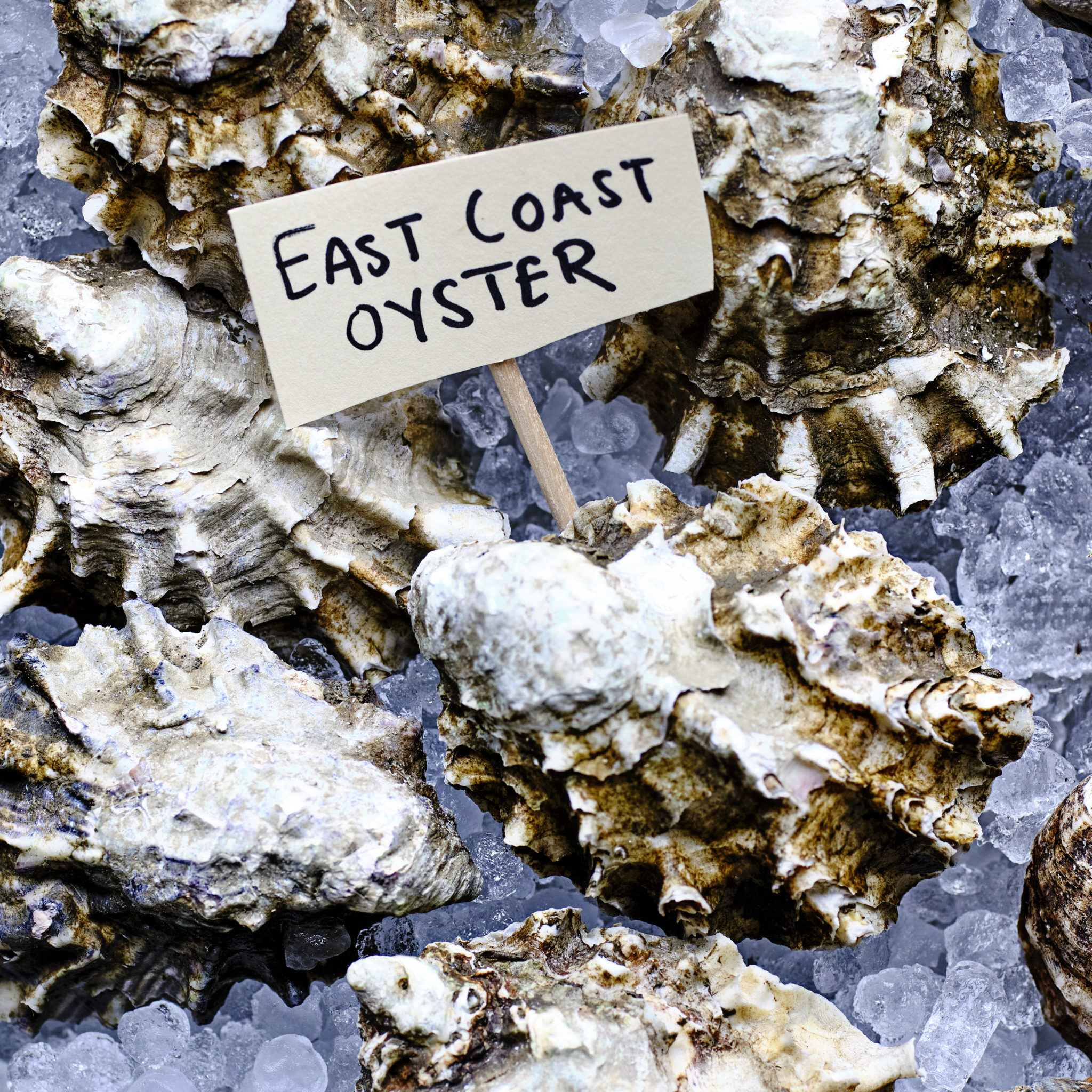
PROPER STORAGE AT HOME GOES A LONG WAY
The best thing to do is keep shellfish on ice, but you don’t want it to sit in water, especially fresh water if the ice melts. You want to keep it on something that will drain the water when the ice melts, so a colander over a bowl. Or you can dump your oysters in a bowl and cover them with a wet towel and put them in the fridge. It’ll keep them cold, but you don’t want them to dry out. When you store in a refrigerator or a walk-in cooler, that cold air blows over those oysters and can dry shellfish out quickly. You want to keep a wet towel over it to keep it moist. Ice is best, but again, only if you can let it drain. Fresh water will kill an oyster pretty quick.
— As told to Mark Kurlyandchik




